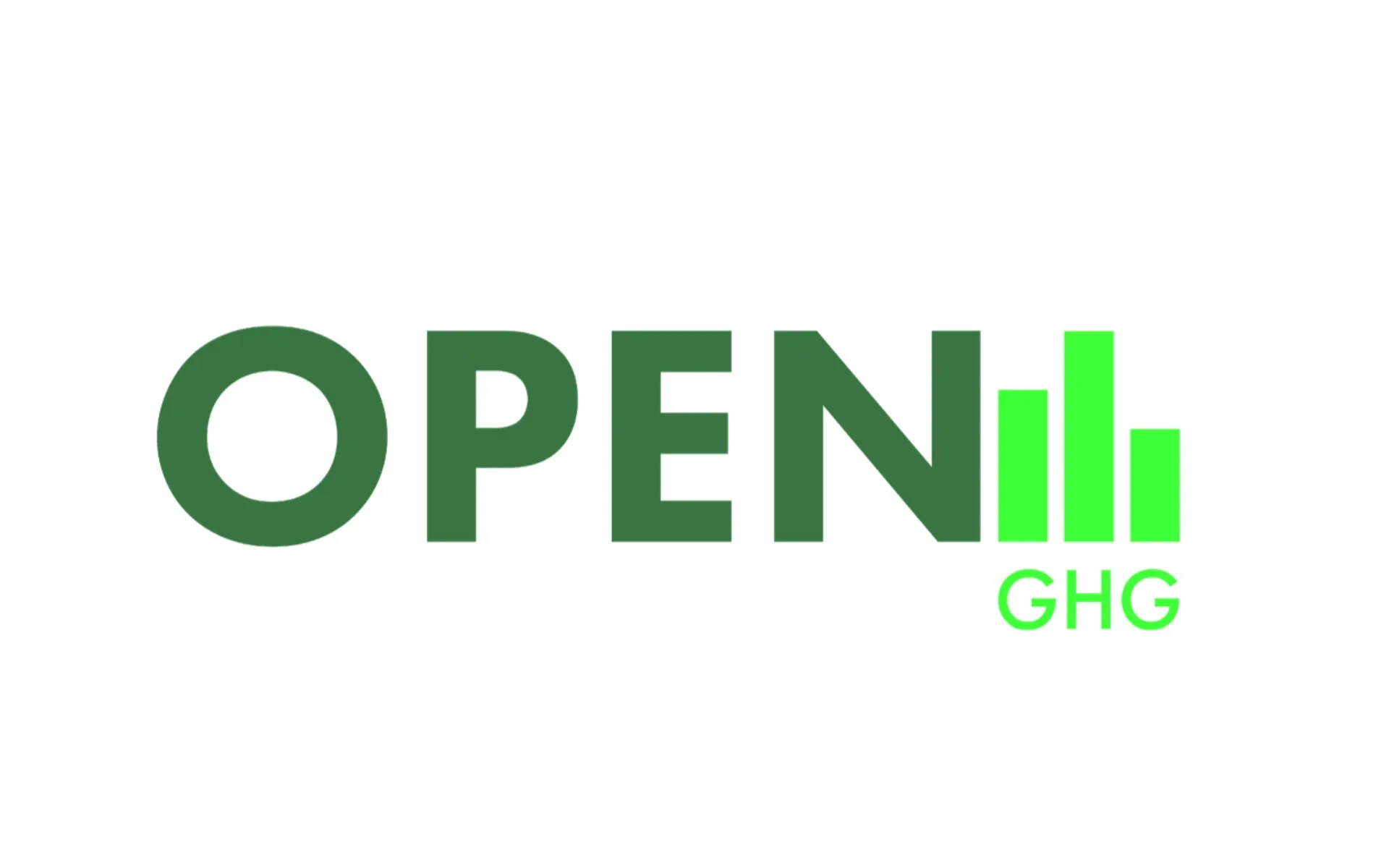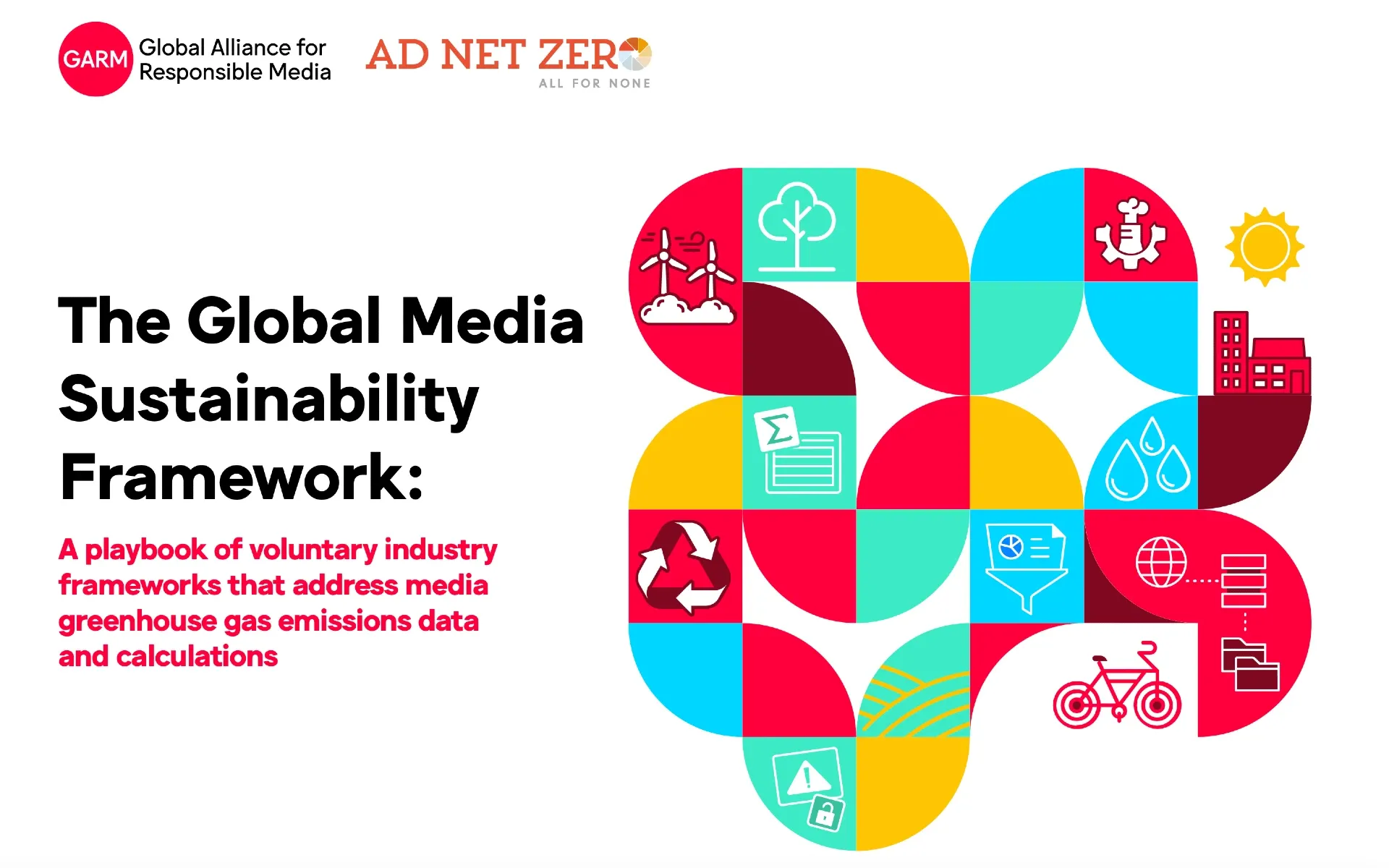IAB Europe unveils OpenGHG
IAB Europe launches beta test of OpenGHG, a tool to estimate greenhouse gas emissions from digital advertising campaigns.

IAB Europe this week announced the beta launch of OpenGHG, a new tool designed to estimate greenhouse gas emissions from digital advertising campaigns. This innovative utility, developed in Brussels, Belgium, aims to support the adoption of a common framework for quantifying the environmental impact of digital advertising activities across Europe and beyond.
OpenGHG represents a significant step towards standardizing the measurement and reporting of emissions in the digital advertising industry. The tool, which is currently available to IAB Europe members for beta testing, integrates the Media Sustainability Framework developed by the Global Alliance for Responsible Media and Ad Net Zero. By providing a platform for creating modular greenhouse gas models, OpenGHG allows users to build standard-compliant estimates even when facing data limitations across the value chain.
According to Dimitris Beis, IAB Europe's Data Analyst & Sustainability Manager, the primary purpose of OpenGHG is to underpin alignment on the practical application of the Global Media Sustainability framework. The tool serves as a testbed for applying the framework's formulae, aiming to establish a common interpretation and standard guidance for their use. As industry working groups validate pieces of guidance, OpenGHG will be updated to reflect these developments.
One of the key features of OpenGHG is its incorporation of a standard structure for default value sets. These sets, saved as config-parsable text files, include entries for variables that should be common assumptions across framework applications, such as the energy intensity of data transfer. Additionally, they provide back-up entries for data points that may be missing in particular applications, like the energy intensity of asset storage.
The tool's structure mirrors the stages outlined in the Global Media Sustainability Framework: Creative Production, Selection, Delivery, Consumption, and Corporate Overhead. Users can add different sections under each stage, representing various activities like different media sources or user device groups. After populating their model with sections, users can view the estimated emissions caused by the campaign in the Results tab.
Steffen Johann Hubert, Associate Director & Lead Sustainability at Seven.One Entertainment Group and Vice-Chair of IAB Europe's Sustainability Standards Committee, emphasized the importance of OpenGHG, stating, "IAB Europe's OpenGHG is a key step towards a greener digital ecosystem, underscoring our commitment to global standards and transparency." He added that the tool allows the digital advertising industry to validate emissions reporting against current global standards and serves as a valuable resource for those new to digital sustainability.
The development of OpenGHG comes at a crucial time for the digital advertising industry. With increasing awareness of the climate crisis and the impact of internet usage on the environment, there is growing pressure on the sector to take responsibility and action. It's estimated that the Internet's overall environmental impact accounts for around 2-4% of global carbon emissions, with a typical ad campaign emitting approximately 5.4 tons of CO2.
IAB Europe's Sustainability Standards Committee has been actively contributing to the development of common standards for estimating greenhouse gas emissions from digital advertising activities over the past year. The committee has worked closely with Ad Net Zero, the Global Alliance for Responsible Media (GARM), and key stakeholders across media channels to encourage alignment on various methodological considerations that inform how the environmental impact of digital advertising campaigns is calculated.
The beta test of OpenGHG is open to all IAB Europe members until mid-September 2024. During this period, users are encouraged to submit feedback on both methodological questions and user interface suggestions. This feedback will be crucial in refining the tool and ensuring it meets the industry's needs.
OpenGHG's calculations are based on the Global Media Sustainability Framework's formulae, applied using preliminary guidance that reflects discussions within IAB Europe's Framework & Methodology and other industry-level working groups. The tool also provides a preliminary set of default values, which will be evaluated by members of the Framework & Methodology Working Group starting in September.
One of the key advantages of OpenGHG is its flexibility. The tool facilitates a lean application of the Global Media Sustainability Framework, enabling users to build standard-compliant models even if they do not have access to data across the entire value chain. This is achieved by drawing from sets of default values. As a result, the data required to build a simple model through the utility is quite basic, requiring only an impression count, location, and device type.
Global Media Sustainability Framework
The Global Media Sustainability Framework (GMSF) is a comprehensive, voluntary initiative launched by the Global Alliance for Responsible Media (GARM) and Ad Net Zero to address the environmental impact of media planning and buying in the advertising industry. Unveiled in June 2024, the GMSF aims to provide a standardized approach for measuring greenhouse gas (GHG) emissions from media campaigns across various channels, including digital, TV/video, out-of-home, print, radio/audio, and cinema. This framework was developed in response to the growing need for consistency, accuracy, and transparency in quantifying the carbon footprint of advertising activities.
At its core, the GMSF offers a set of voluntary tools and recommendations based on industry best practices and validated by independent climate science input. These include Channel Emissions Frameworks, which outline the key steps and processes involved in media campaigns for each channel, and Channel Emissions Formulae, which provide mathematical calculations for estimating GHG emissions. The framework also introduces a standardized data request mechanism to collect first-party emissions data from media sellers and value chain partners, as well as a transparency framework for media sustainability solution providers to disclose their services and methodologies.
One of the key features of the GMSF is its holistic approach, covering the entire lifecycle of a media campaign from creation and distribution to consumption. It takes into account both direct energy consumption and embodied emissions associated with infrastructure and devices. By providing a common language and methodology for measuring media emissions, the GMSF aims to enable advertisers, agencies, media owners, and sustainability solution providers to work together more effectively towards reducing the environmental impact of advertising. The framework is designed to evolve over time, with future updates planned to incorporate industry feedback and advancements in data availability and measurement techniques.

In terms of data storage, OpenGHG stores the data added to models so that users can load and edit these models across sessions. The default value sets created by users are also stored for editing or use in models across sessions. IAB Europe assures users that the tool uses a single session cookie to ensure the website functions securely and properly, with more detailed privacy information available in IAB Europe's Privacy Policy.
Looking ahead, IAB Europe plans to make minor changes to the user interface in the coming weeks based on user feedback. Major updates and methodological overhauls are scheduled to commence in September 2024. A stable release of OpenGHG will be facilitated once the Framework & Methodology Working Group completes work on validating the required guidance and data.
The launch of OpenGHG represents a significant step towards achieving a common environmental modeling framework that captures activities throughout the value chain and reduces disparities between the estimates offered by different vendors. By providing robust, trustworthy, and equivalent environmental figures, OpenGHG supports the industry's need for reliable metrics relating to emissions.
As the digital advertising industry continues to grapple with its environmental impact, tools like OpenGHG will play a crucial role in helping organizations measure, report, and ultimately reduce their carbon footprint. The success of this initiative will depend on the active participation and feedback of IAB Europe members during the beta testing phase, as well as the ongoing collaboration between industry stakeholders to refine and improve the tool.
Key facts
IAB Europe launched the beta test of OpenGHG on August 15, 2024
OpenGHG is designed to estimate greenhouse gas emissions from digital advertising campaigns
The tool integrates the Media Sustainability Framework developed by GARM and Ad Net Zero
OpenGHG allows users to build modular greenhouse gas models and create custom default value sets
The beta test is open to all IAB Europe members until mid-September 2024
The Internet's overall environmental impact is estimated at 2-4% of global carbon emissions
A typical ad campaign emits approximately 5.4 tons of CO2
The tool's structure mirrors the stages outlined in the Global Media Sustainability Framework
OpenGHG facilitates a lean application of the framework, requiring minimal data input
A stable release of OpenGHG is expected later in 2024, following industry feedback and validation

